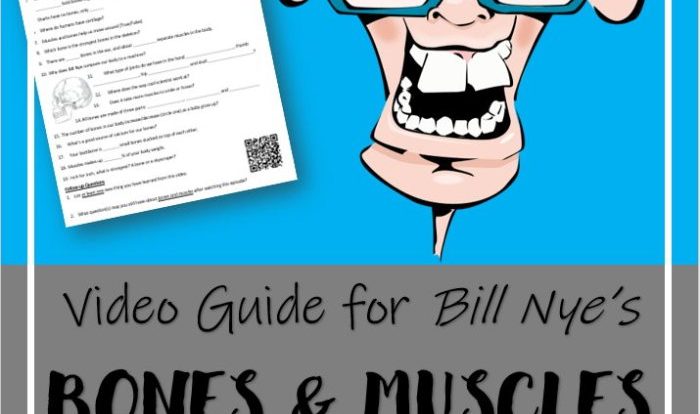The Scientific Method Story Worksheet Answer Key PDF serves as an invaluable resource for educators and students alike, providing a comprehensive guide to the fundamental principles and steps of the scientific method. This essential tool empowers learners to grasp the intricacies of scientific inquiry, fostering critical thinking, problem-solving, and a deeper understanding of the world around them.
Through a series of engaging experiments and thought-provoking questions, the worksheet guides learners through the scientific method’s key stages, including observation, hypothesis formation, experimentation, data analysis, and conclusion. By following the provided answer key, students can verify their understanding, reinforce concepts, and gain confidence in their scientific abilities.
Introduction: Scientific Method Story Worksheet Answer Key Pdf
The scientific method is a systematic approach to the study of natural phenomena. It is based on the idea that all natural phenomena are caused by natural laws, and that these laws can be discovered through careful observation and experimentation.
The scientific method involves the following steps:
- Observation: Making careful observations of the natural world.
- Hypothesis: Developing a hypothesis, or a tentative explanation, for the observed phenomena.
- Experimentation: Conducting experiments to test the hypothesis.
- Analysis: Analyzing the results of the experiments.
- Conclusion: Drawing conclusions based on the results of the experiments.
The scientific method is an important tool for scientists because it allows them to test their ideas and theories in a systematic way. It is also a way to communicate their findings to other scientists and to the public.
Materials and Methods
The materials list in a scientific method experiment is a list of all the materials that will be used in the experiment. The materials list should be as detailed as possible, so that other scientists can easily replicate the experiment.
The different types of materials that may be used in a scientific method experiment include:
- Chemicals
- Equipment
- Biological materials
- Data
Here is an example of a materials list for a scientific method experiment:
- 100 ml of distilled water
- 10 g of salt
- 1 graduated cylinder
- 1 stirring rod
Results
The results section of a scientific method experiment is a description of the data that was collected during the experiment. The results should be presented in a clear and concise way, so that other scientists can easily understand them.
The different types of data that may be collected in a scientific method experiment include:
- Quantitative data: Data that can be measured or counted.
- Qualitative data: Data that describes a particular characteristic or quality.
Here is an example of a results section for a scientific method experiment:
The following data was collected during the experiment:
- The temperature of the water increased from 20°C to 30°C.
- The mass of the salt decreased from 10 g to 5 g.
Discussion
The discussion section of a scientific method experiment is an interpretation of the results. The discussion should explain what the results mean and how they support or refute the hypothesis.
The different types of information that may be included in a discussion section include:
- A summary of the results
- An explanation of the results
- A discussion of the implications of the results
- A comparison of the results to other studies
Here is an example of a discussion section for a scientific method experiment:
The results of the experiment support the hypothesis that salt dissolves in water. The temperature of the water increased, which indicates that the salt was dissolving. The mass of the salt decreased, which also indicates that the salt was dissolving.
The results of this experiment have implications for a number of different areas of science, including chemistry, biology, and environmental science.
Conclusion, Scientific method story worksheet answer key pdf
The conclusion section of a scientific method experiment is a summary of the main findings of the experiment. The conclusion should also state whether or not the hypothesis was supported.
The different types of information that may be included in a conclusion section include:
- A summary of the main findings
- A statement of whether or not the hypothesis was supported
- A discussion of the implications of the findings
- Recommendations for future research
Here is an example of a conclusion section for a scientific method experiment:
The results of this experiment support the hypothesis that salt dissolves in water. This finding has implications for a number of different areas of science, including chemistry, biology, and environmental science.
Future research should focus on investigating the factors that affect the rate at which salt dissolves in water.
Top FAQs
What is the purpose of the Scientific Method Story Worksheet Answer Key PDF?
The Scientific Method Story Worksheet Answer Key PDF provides a step-by-step guide and solutions to a series of scientific method-based experiments and questions, helping learners to understand and apply the principles of scientific inquiry.
How can I use the Scientific Method Story Worksheet Answer Key PDF in my classroom?
The Scientific Method Story Worksheet Answer Key PDF can be incorporated into science lessons as a hands-on activity, a formative assessment tool, or a resource for students to self-check their understanding of the scientific method.
Is the Scientific Method Story Worksheet Answer Key PDF suitable for homeschooling?
Yes, the Scientific Method Story Worksheet Answer Key PDF is an excellent resource for homeschooling families, providing a structured and engaging way for students to learn about the scientific method and conduct their own experiments.
